The United States is home to a vast array of wildlife, each species playing a vital role in the ecological tapestry of the nation. However, among the majestic eagles, playful squirrels, and charming deer lurk some critters that could pose a significant threat to humans. From ferocious large animals to smaller, venomous creatures and even seemingly harmless insects, it’s essential to stay informed about the potential dangers they may present in our very own backyard.
Contents
Critters Carrying Rabies

Among the most lethal threats lurking in our backyards are critters that are potential carriers of the rabies virus. This virus, one of the deadliest known to man, can turn a simple bite from an infected creature into a fatal encounter if left untreated. In North America, a wide range of wild animals can carry the virus, including bats, raccoons, rabbits, coyotes, opossums, skunks, squirrels, foxes, wolves, and domestic animals like dogs and cats. To make matters worse, symptoms are not immediately visible in many infected animals, meaning any bite should be treated as a possible exposure to rabies.
The situation is further complicated by the complicated and painful process required for treating potential rabies exposure in humans. It needs to be captured and tested to confirm whether an animal is infected, which can be both difficult and distressing. This underscores the importance of being mindful of potential rabies carriers, as prevention is far better than the cure.
American Alligator

For residents of certain American states, such as Florida, East Texas, Louisiana, and Mississippi, the American alligator is a common sight in their backyards. Every body of water, from ponds to lakes, is a potential home to these formidable creatures. Just recently, there was an alarming incident where a massive alligator was spotted roaming across a golf course, showcasing the proximity of these dangerous reptiles to human dwellings.
These giant creatures have adapted to urban environments, with many residential areas experiencing frequent visits from alligators, especially those built near lakes and ponds. Despite their primitive appearance, alligators are highly adapted predators, capable of inflicting serious harm if provoked or threatened.
Arizona Hairy Scorpion
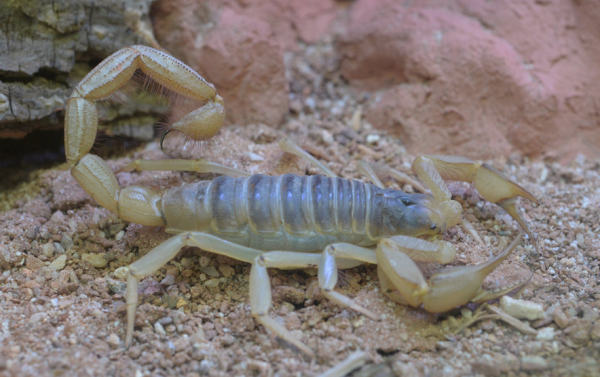
The Arizona Hairy Scorpion, a creature growing up to 14 centimeters, is a notorious backyard menace with a formidable sting aided by its lobster-like claws. While a scorpion’s sting may not be fatal for most people, it delivers severe, painful venom. The danger escalates when an individual, unaware of their allergy to the scorpion’s venom, is stung.
This allergic reaction can cause breathing difficulties, potentially resulting in a deadly situation if not treated promptly. Moreover, the scorpions exhibit aggressive behavior when disturbed, readily stinging when they perceive a threat. Ironically, despite the dangers, some people keep these critters as pets, a testament to the species’ fascination if handled appropriately and with the utmost respect for their dangerous sting.
Brown Recluse Spider
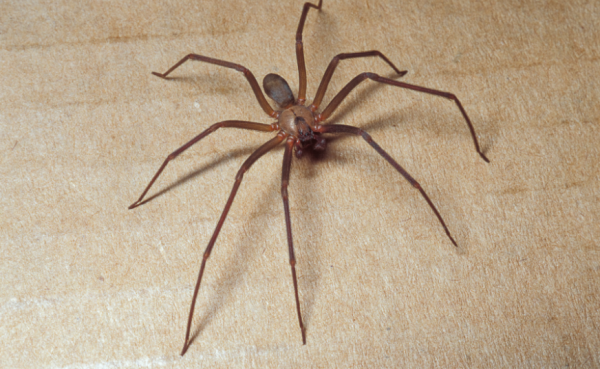
Sharing the same space with the venomous brown recluse spider can be likened to living with a ticking time bomb. The spider’s venom bears a sinister similarity to that of rattlesnakes, possessing the potential to cause amputations, severe disfigurements, and, in extreme cases, death. Even if the death rate from their bites is low, the wounds can lead to tissue damage and permanent scars.
The brown recluse spider threatens vulnerable populations, such as children and the elderly, making them a critical pest to keep out of your home. It is, therefore, crucial to maintain vigilance and ensure that these dangerous critters don’t make themselves at home in your living spaces.
Honey Bee
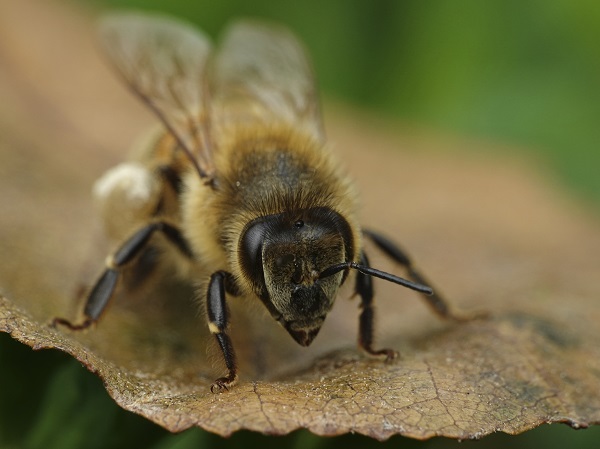
Honey bees, though crucial to our ecosystem and agriculture, present a significant danger to people with allergies. Classified as the deadliest non-human animal in the US, honey bees are responsible for over a hundred deaths annually. For allergic individuals, a bee sting can be fatal within just ten minutes, causing throat, mouth, and face swelling, rapid pulse, and falling blood pressure.
Fortunately, those aware of their allergies can carry an epinephrine pen, reversing the allergic reaction and saving their lives. However, the threat these tiny insects pose necessitates extreme caution, especially during the warmer months when they are most active.
Mosquito
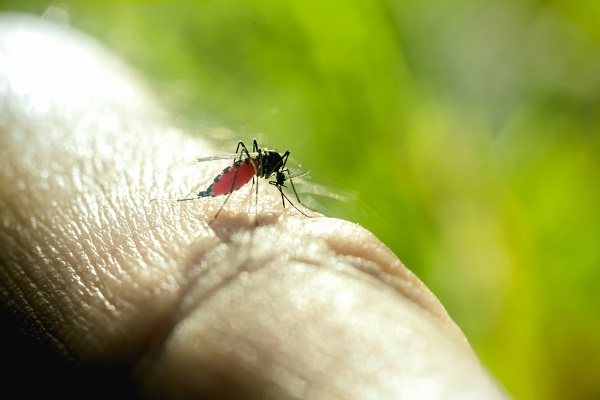
Despite their small size, mosquitoes are the deadliest creatures on Earth. These insects carry diseases like West Nile Virus, Encephalitis, and Malaria, which they can transfer to humans through their bites. While deaths from mosquito-borne diseases are rare in the United States, these tiny insects are responsible for around one million deaths annually worldwide, a stark reminder of their lethal capacity.
Coral Snake
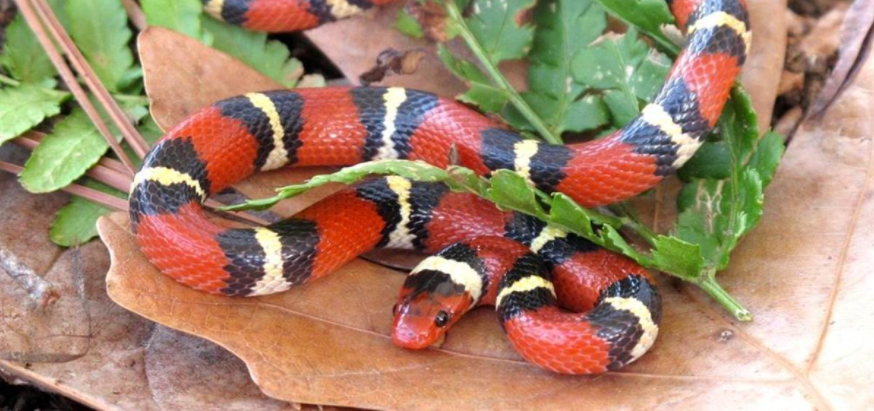
Ranking among the world’s deadliest snakes, the coral snake carries a potent neurotoxin that can paralyze your muscles. Without an anti-venom, survival chances after a bite are virtually nonexistent. Coral snakes inhabit various parts of North America, and their potential presence in your backyard is a cause for constant vigilance.
Black Widow Spider
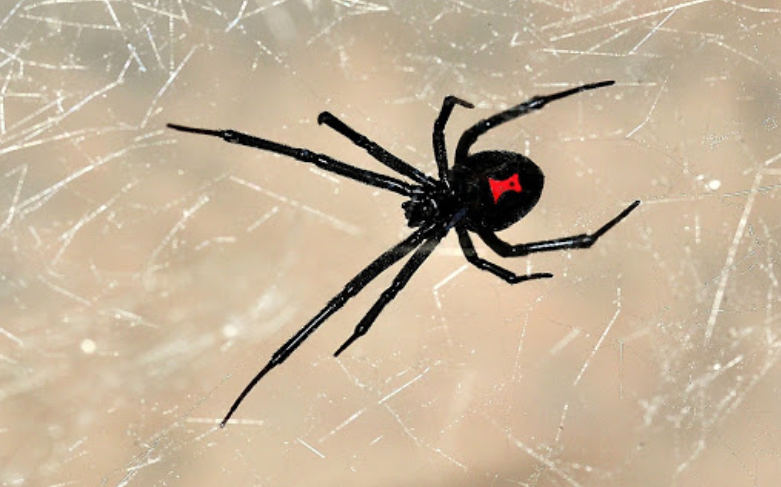
The black widow spider, specifically the female of the species, is the most evil in North America. A single bite delivers a toxin fifteen times more toxic than a rattlesnake’s venom, causing severe muscle spasms and pain. While most victims of black widow bites do not die, they often endure intense pain for up to a week.
Mountain Cougars, Puma, and Lions
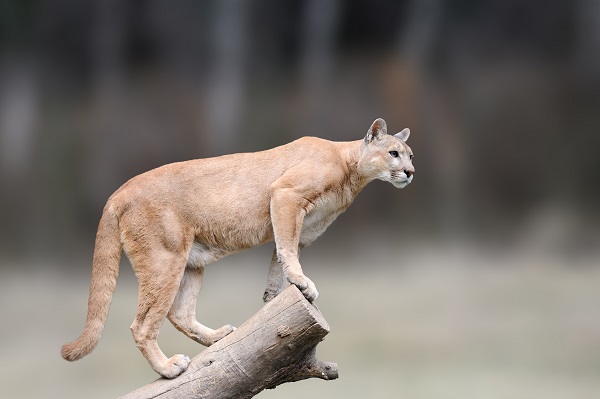
Whether called a mountain lion, cougar, Florida panther, or puma, these large cats are a potential threat to those living in the western United States and South America. Preferring to hunt at dusk and dawn, they typically avoid humans but are extremely dangerous when they attack, often resulting in fatal encounters.
Paper Wasp
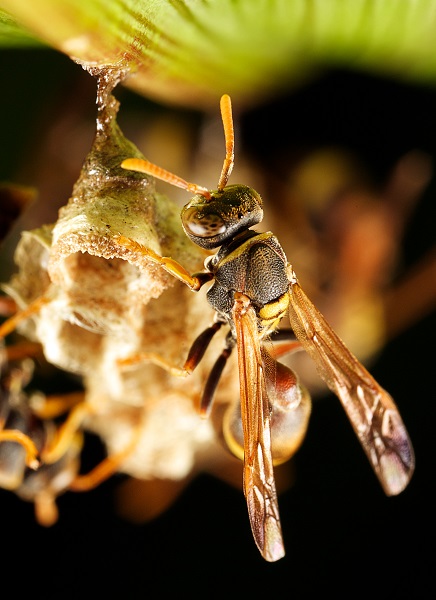
Paper wasps, known for their characteristic honeycomb nests, are common in many American backyards. Their sting can cause severe allergic reactions, and they are known to be aggressive when disturbed. Their long, thin bodies and reddish-brown coloring with yellow markings make them easily identifiable.
Final Thoughts
Nature remains a constant challenge for us in all its wonder and stubbornness. Despite best efforts to keep our backyards free from invasive plants and dangerous critters, nature inevitably finds a way to reclaim its space. Our task is to learn how to coexist with these creatures, respecting their right to life while protecting our own. We may erect fences or employ other deterrents, but some of these critters may still find their way into our spaces. As such, the most practical approach is to remain vigilant and apply necessary precautions when dealing with these critters.
These potentially deadly creatures might seem intimidating, and rightly so. However, it is essential to remember that they are a part of the rich biodiversity that makes up our environment. As we go about our daily lives, we must be mindful of our non-human neighbors, understand their behaviors, and react appropriately during encounters. Doing so can ensure a harmonious coexistence with the wildlife that shares our homes and cities.
Sources
- The Centers for Disease Control and Prevention (CDC) for information on diseases transmitted by animals, such as rabies: https://www.cdc.gov/rabies/index.html
- National Geographic for data on individual species such as American Alligators, Arizona Hairy Scorpions, and others: https://www.nationalgeographic.com/animals
- Information on venomous spiders and their effects can be found on the website of the American Association of Poison Control Centers: https://aapcc.org/
- For data on honeybee allergies, the American College of Allergy, Asthma, and Immunology is a good source: https://acaai.org/allergies/types/venom-insect-stings
- The World Health Organization (WHO) for information on mosquito-borne diseases: https://www.who.int/health-topics/mosquito-borne-diseases


